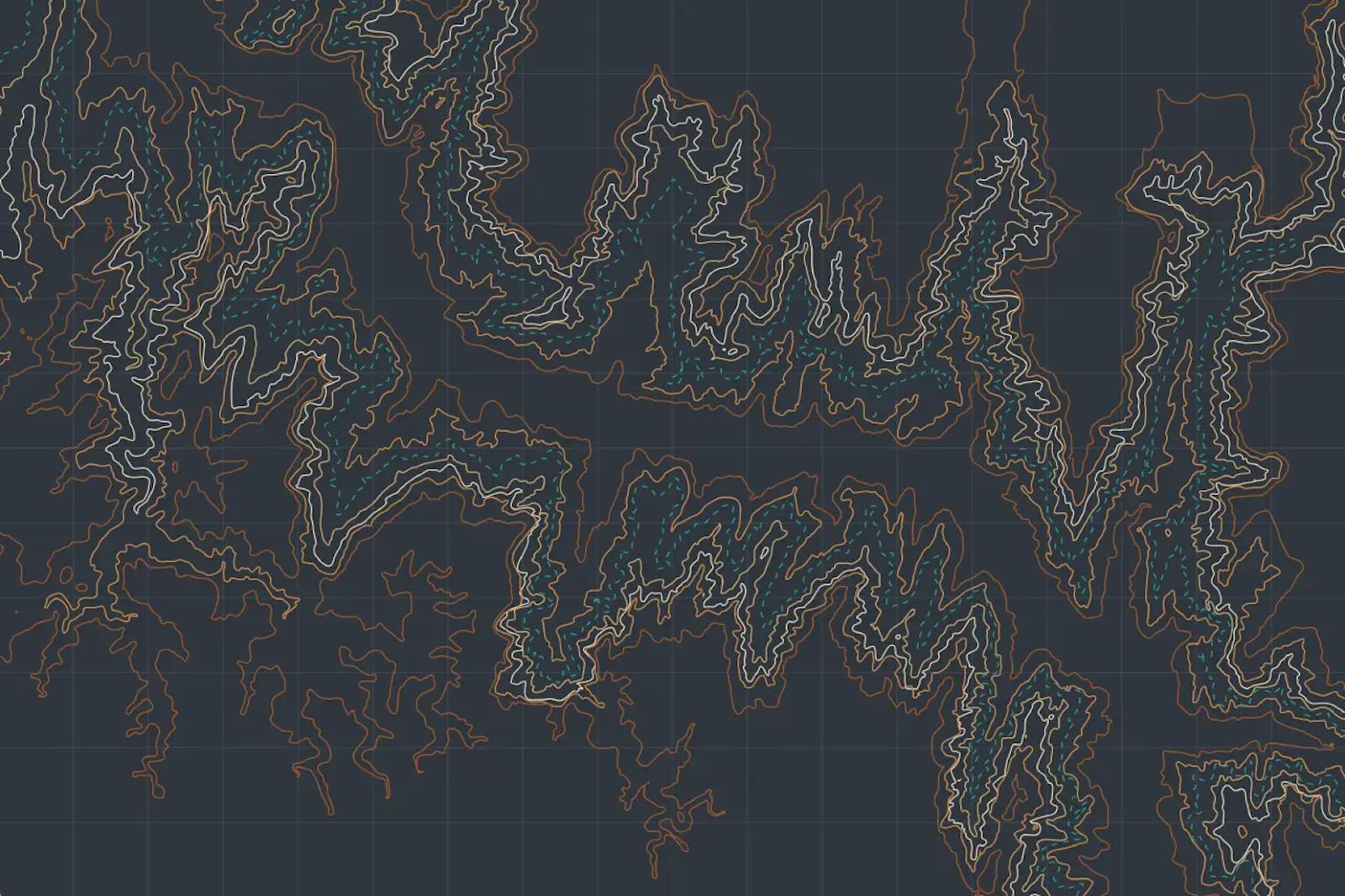The Nature Conservancy | Mapping Global Development Threats
Mission: To provide publicly available global data products and maps that highlight places vulnerable to development expansion and to guide more proactive and strategic planning to avoid and minimize negative impacts to people and nature.
Summary: Humans have transformed the Earth. We’ve impacted the land surface with multiple forms of development that are often industrial and extractive in nature, causing global environmental degradation, biodiversity loss, and climate change while often harming local communities. Growing human populations and increasing resource demands will inevitably propel further expansion of renewable energy, oil and gas, mining, commercial agriculture, and urbanization. Balancing the protection of nature with growing human needs is one of the greatest challenges of our century. It is one that will require proactive and strategic planning with a more complete understanding of how we are changing the planet.
To this end, The Nature Conservancy (TNC) scientists and their partners are creating up-to-date, comprehensive, global maps of the current condition of the world’s landscapes and where future development may occur to help guide conservation investments and strategies in the Anthropocene.
To understand the extent of land change on Earth, they have produced the Global Human Modification (HM) Map. The HM map represents land condition based on the spatial extent and magnitude of impacts from human settlement, agriculture, transportation, mining, energy production, and electrical infrastructure. It reveals that 84% of the Earth’s land surface has experienced multiple human impacts and half of the world’s ecosystems are now moderately to highly modified. In addition, human impacts from 1990 to 2017 have resulted in the modification of 14.6 percent of lands or 18.5 million km2, an area greater than Russia. This work suggests alarming trends in habitat loss and modification that will continue to negatively impact the least modified and most intact ecosystems we have left.
Anticipating where future development may occur is an essential next step to balancing development with conservation. To do so requires insight into the conditions that drive land use and land cover change. Thus, TNC scientists have published the first, globally consistent Development Potential Indices (DPIs) for renewable energy, oil and gas, mining, agricultural, and urban sectors. These spatially explicit DPIs identify lands that are highly suitable for development expansion due to the presence of large quantities of unexploited resources and the infrastructure that supports their extraction and transportation. Alarmingly, these maps reveal that 37% of Earth’s terrestrial surface has high development pressure associated with renewables (photovoltaic solar, concentrated solar, wind, hydropower) (35%); agriculture (crop and biofuels expansion) (17%); oil, and gas (conventional and unconventional) (13%), mining (metallic, non-metallic, coal) (12%), and urbanization (2%) or some combination of these sectors (21%).
Future directions: Proactive and strategic development planning is essential for the success of international and national conservation commitments including the Convention of Biological Diversity, Paris Climate Agreement, the United Nations Sustainable Development Goals, and the efforts of various non-profit organizations and civil society groups. Yet, conservation priorities and strategies are often defined and implemented without considering future development threats and how they might be avoided or mitigated.
To address this gap, future directions aim to map the intersections of development pressure and human modification to better understand where critical conservation landscapes might be threatened, and to explore not only what conversation values might specifically be impacted (e.g., biodiversity, carbon, landscape connectivity), but which specific partnerships (such as those that might be formed with Indigenous Peoples and local communities) and strategies would be most beneficial. We also aim to develop new approaches and metrics to assist in tracking human impacts on the ecological integrity of the world’s landscapes to inform conservation prioritization and monitoring of global protection efforts. The hope is that these data, products, and efforts will serve as a catalyst for more durable conservation outcomes.
Applications: This work is spearheaded by TNC scientists to advance the Development by Design (DbD) strategy, a science-based collaboration that blends conservation planning, development forecasting, and stakeholder engagement to support development done in the right way and in the right places. Activities include 1) landscape-scale mitigation planning to increase the effectiveness of conservation interventions while improving the development permitting process; 2) advocacy for improved environmental regulations, lending standards, and implementation; and 3) partnerships with governments, lending institutions, corporations, and Indigenous and local communities to more holistically avoid development impacts on biodiversity and ecosystem services, or where this is not possible, minimize or restore them. TNC is advancing this approach through a number of projects and decision-support tools focused on specific development footprints (i.e., agriculture, energy, mining, roads) in various geographies including Australia, Brazil, Colombia, Colorado (USA), Central Appalachians (USA), Contiguous United States, Europe, India, Indonesia, Intermountain West (USA), Kansas (USA), Mongolia, Northern Great Plains (USA), Wyoming (USA).
Related resources:
TNC’s Global Development Risk Assessment
Papers:
Kennedy, C.M., J. Oakleaf, D. M. Theobald, S. Baruch-Mordo, J. Kiesecker. 2019. Managing the middle: A shift in conservation priorities based on the global human modification gradient. Global Change Biology, 12, 811-826.
Oakleaf, J. C.M. Kennedy, S. Baruch-Mordo, J.S. Gerber, P.C. West, J.A. Johnson, and J.Kiesecker. 2019. Mapping development potential for renewable energy, fossil fuels, mining and agricultural sectors. Scientific Data, 6(1), 101.
Theobald, D.M., C.M. Kennedy, B. Chen, J.R. Oakleaf, S. Baruch-Mordo, J. Kiesecker. 2020. Earth transformed: Detailed mapping of global human modification from 1990 to 2017. Earth Systems Science Data, 12, 1953-1972.
Datasets:


